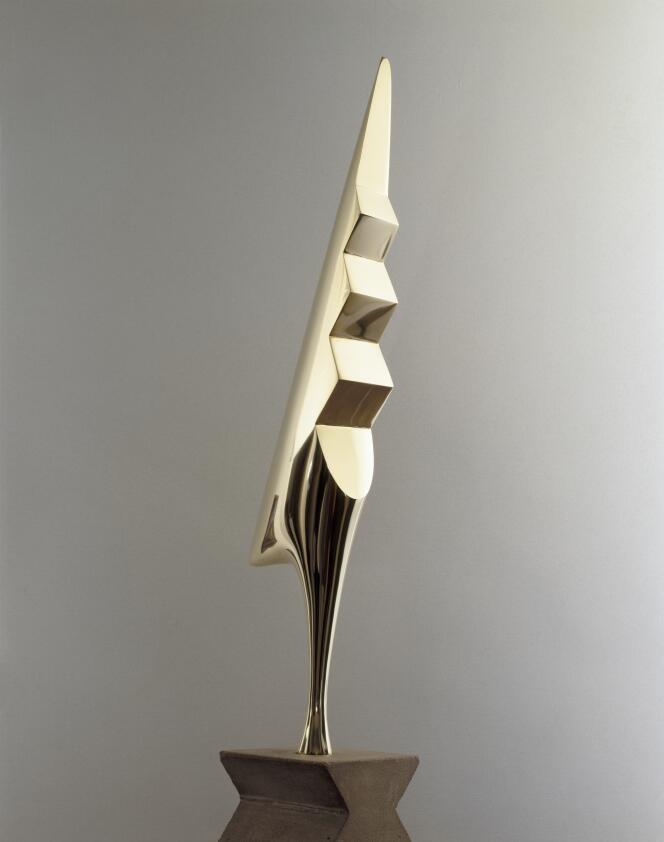

We had such fond memories of the first retrospective of Constantin Brancusi (1876-1957) – organized by curator Margit Rowell – at the Centre Pompidou in Paris in 1995 that we were a little apprehensive about the one that opened there on Wednesday, March 27. What would it bring? The exhibition not only features a greater number of works but also extensively features the artist's archives, which were inaccessible at the time, adding a form of magic. Through these archives, there's a partial revelation of Brancusi's magic tricks, without detracting from the wonder of his artistic methods.
Ariane Coulondre, the curator of the current exhibition, and her scenographer Pascal Rodriguez have also respected the then-revolutionary idea of Rowell and architect Lorenzo Piqueras to place most of the works on very low, roughly circular platforms. This protects the sculptures from visitors, who are often very tempted to touch them, without obstructing the view and allowing visitors to walk around them. On the other hand, they have opted for a thematic display rather than the chronological one of the past.
Admittedly, it does not detract from understanding the work. The curator's tribute to the testimony of Man Ray (1890-1976), who, after an initial visit to Brancusi's studio – part of which is reconstructed in the exhibition – said he was "flabbergasted by the whiteness and clarity of the room." Another highlight was the presentation, along the windows of the north gable of the Centre Pompidou, of a set of different versions of "L'Oiseau dans l'Espace" ("Bird in Space"), set against the Paris skyline.

The challenge was also to accommodate some 140 sculptures. Many of the pieces in the exhibition, though not all – there are some notable loans – came from Brancusi's studio, which has been recreated on the Beaubourg square but is currently closed for the renovations to be undertaken in 2025. In addition to the sculptures, the exhibition had to accommodate their pedestals (around 100 remain) designed by the artist, around 200 drawings and photographs, films, documents (the famous archives) and even album record sleeves, as Brancusi was a great music lover. The display also features unique items like a wooden airplane propeller and Marcel Duchamp's rotatives or rotoreliefs. Duchamp during a visit to the Salon de l'Air at the Grand Palais in 1912 asked Brancusi: "Who will do better than this propeller? Say, can you do that?"
Brancusi did it and did it well. It was not the least of the challenges faced by this man, who, according to the legend, came from Romania to Paris on foot (though modern accounts don't rule out some train travel), with very few resources. He did bring with him, however, a strong foundation as a classical sculptor, having been trained in his native country, first at the School of Arts and Crafts in Craiova, then at the University of Art in Bucharest, from which he graduated in 1901.
You have 67.12% of this article left to read. The rest is for subscribers only.
